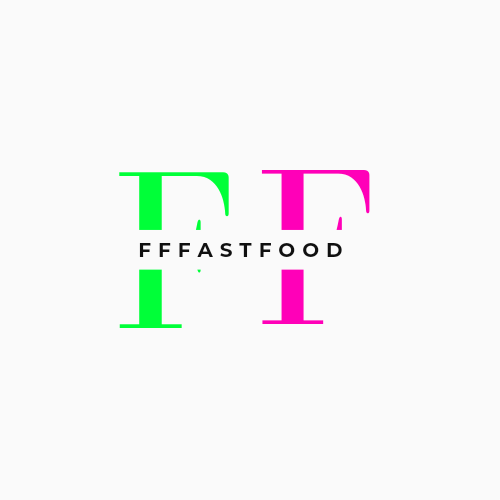Top Protein-Rich Foods for a Healthy Diet
Introduction
Overview of the Vital Role of Protein in a Balanced Diet
Protein, one of the cornerstone macronutrients alongside carbohydrates and fats, is undeniably essential for maintaining the delicate equilibrium of our bodily functions. While it is often heralded as the champion of muscle-building, its importance stretches far beyond mere strength gains. It serves as the very fabric of life itself, woven into the structure of every single cell in your body.
Far from being confined to muscle repair, protein performs an expansive range of critical functions. From catalyzing enzyme reactions and hormone production to supporting the health of your skin, hair, and nails, protein is the unsung hero of the body. Its influence extends to regulating immune response, controlling fluid balance, and even curbing hunger, playing a key role in weight management. Understanding protein’s far-reaching effects on your health is paramount to optimizing your well-being.
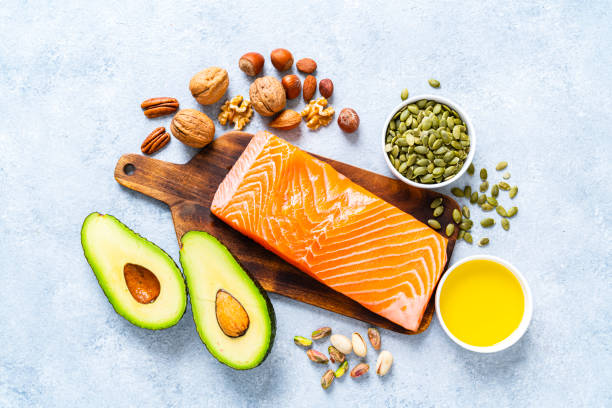
Benefits of Protein:
1. Muscle Building: Protein is the building block of muscle tissue. It supplies the amino acids your muscles need to rebuild and recover after intense physical activity. This not only fosters muscle growth but enhances performance in virtually all physical pursuits. If muscle gain or performance enhancement is your goal, a protein-packed diet is indispensable.
2. Weight Management: Protein’s impact on weight management is multifaceted. It promotes satiety, keeping hunger at bay for longer, and helps curb unnecessary overeating. Additionally, the thermic effect of food (TEF) is significantly higher for protein compared to carbohydrates or fats, meaning your body expends more energy processing it. In essence, protein doesn’t just fuel your muscles; it fuels your metabolism, too.
3. Supporting Overall Health: Protein’s role in bodily functions is far-reaching. It is integral to immune function, tissue repair, and the production of enzymes and hormones. Beyond these processes, protein is essential for maintaining bone health, supporting joint function, and even enhancing the elasticity and radiance of your skin. A steady supply of protein ensures that your body operates at its peak, supporting vitality and longevity.By ensuring you meet your body’s protein needs, you foster not only physical recovery and growth but also optimal health, empowering your body to thrive.
Section 1: What Is Protein?
Protein’s Multifaceted Role in the Bod
yAt its core, protein is a vast and intricate molecule, composed of smaller subunits known as amino acids. These amino acids are the building blocks that form the framework of proteins, and upon consumption, your body breaks down dietary proteins into these essential components. These amino acids are then repurposed to repair tissues, synthesize hormones, and fuel countless physiological processes.Every cell in your body contains protein—whether it’s in your muscles, skin, hair, or nails. It is the cornerstone of cellular repair and growth, and without it, muscle recovery after exertion would be impossible. Beyond that, protein plays a crucial role in transporting nutrients and oxygen through your bloodstream, fortifying your immune system, and helping maintain fluid equilibrium within your body.
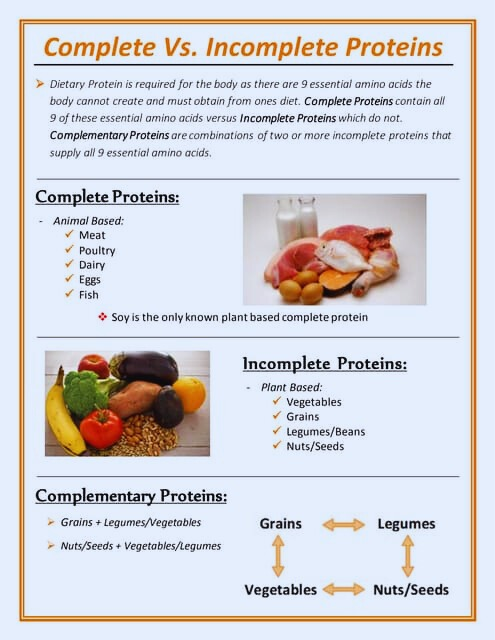
Complete vs. Incomplete Proteins: The Essential Distinction
Proteins can be categorized into two types, each playing a unique role in your diet: complete and incomplete. The difference between these two protein classes holds significant implications for those looking to optimize their nutrition, particularly for those following a vegetarian or vegan lifestyle.
Complete Proteins: These proteins are considered “whole” because they contain all nine essential amino acids in the proper proportions. The body cannot produce these amino acids on its own, making their acquisition from food crucial. Animal-based protein sources typically provide complete proteins, and these include:
●Meat (chicken, beef, pork)
●Fish and seafood
●Eggs
●Dairy products (milk, cheese, yogurt)
These sources are deemed high-quality proteins because they offer the full spectrum of amino acids required for the body to function optimally.
Incomplete Proteins: In contrast, incomplete proteins lack one or more essential amino acids. While most plant-based proteins fall into this category, combining different plant proteins can create a complete amino acid profile. Common examples of incomplete proteins include:
●Legumes (lentils, chickpeas, beans)
●Nuts and seeds
Grains (rice, quinoa, oats)
Vegetables
For those on plant-based diets, combining foods like beans with rice or hummus with whole-grain pita can ensure that they receive all the amino acids necessary for proper bodily function.
Impact on Health:
Consuming complete proteins ensures your body has access to all nine essential amino acids in the right proportions, facilitating optimal tissue repair, immune support, and homeostasis. On the other hand, while incomplete proteins are still vital, they require more thoughtful planning to ensure a full spectrum of amino acids. The careful pairing of plant-based foods allows you to create a balanced amino acid profile that supports muscle health, tissue recovery, and general bodily well-being.Regardless of whether you opt for animal-based or plant-based proteins, it is essential to diversify your protein sources to achieve a balanced intake of amino acids. A diet rich in both complete proteins and complementary incomplete proteins promotes long-term health, enhanced energy, and a more vibrant, sustainable lifestyle.
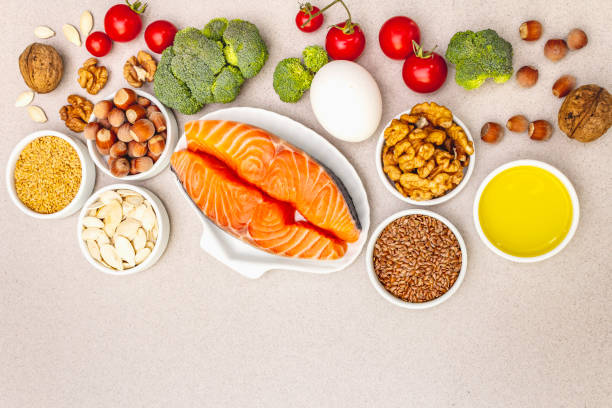
Section 2: Best Animal-Based Protein Foods
Animal-based proteins stand as some of the most efficient and complete sources of nutrition. Not only do they provide all nine essential amino acids—those that the body cannot produce—but they also pack a punch of other vital nutrients. These foods go far beyond just protein, contributing to your overall health in myriad ways. Here are some of the top animal-based protein options:
1. Chicken Breast – Protein-Packed and Lean
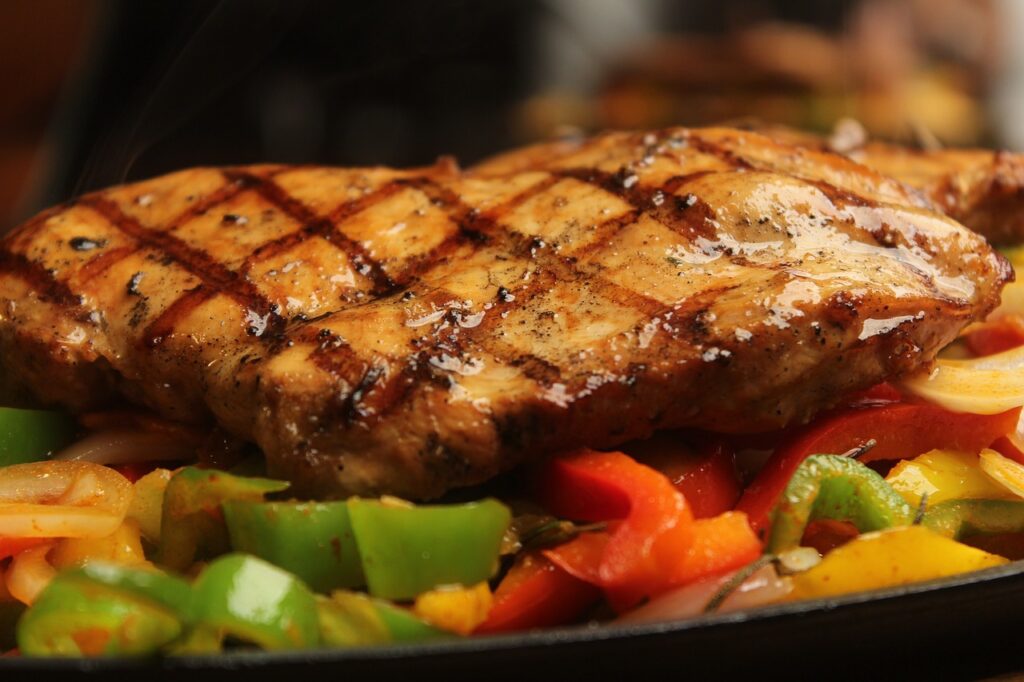
Chicken breast, a staple in many diets, is a lean powerhouse. Packed with protein and low in fat, it offers a near-perfect balance for those looking to build muscle or maintain a healthy physique. A 3-ounce serving can deliver an impressive 25-30 grams of protein, with just 3 grams of fat. This makes chicken breast an ideal choice for anyone aiming for a low-fat, high-protein meal.
But the benefits don’t stop at protein. Chicken breast also contains essential vitamins and minerals, including niacin (vitamin B3), which aids metabolism, and phosphorus, which plays a pivotal role in bone health. With its mild taste and adaptability in various dishes—from grilling to baking—chicken breast is a go-to for versatile, healthy meals.
2. Fish (Salmon, Tuna, etc.) – Omega-3s and Protein in Abundance
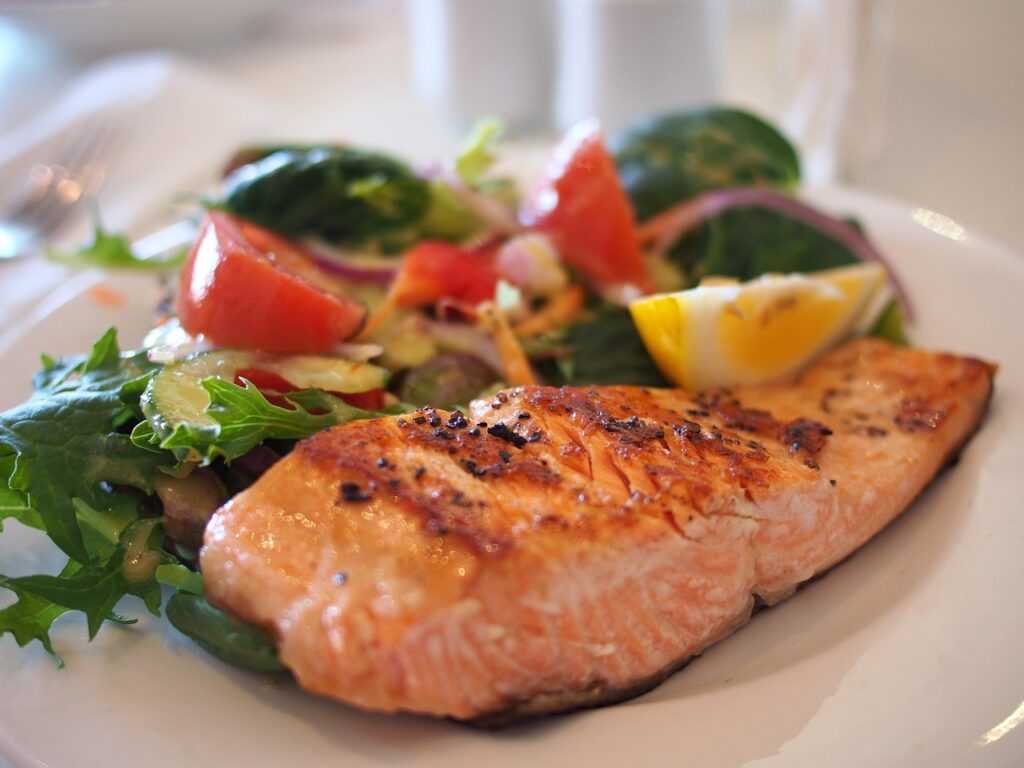
Fish, especially fatty varieties like salmon and tuna, offer an exceptional combination of protein and healthy fats. A 3-ounce serving of salmon delivers around 22 grams of protein, but it doesn’t stop there—it’s also a rich source of omega-3 fatty acids. These heart-healthy fats reduce inflammation, support brain health, and promote cardiovascular wellness.
Other fish such as tuna, sardines, and mackerel provide similar benefits, rich in protein and essential minerals like selenium and iodine, both vital for thyroid function and bone health. Whether fresh, grilled, or canned, fish can be seamlessly incorporated into your diet to enhance your health in more ways than one.
3. Eggs – A Complete, Versatile Protein

Eggs are often heralded as the perfect protein source, as they contain all nine essential amino acids in ideal proportions. One large egg provides about 6 grams of high-quality protein, along with crucial nutrients like B vitamins, pTop Protein-Rich Foodarticularly vitamin B12, iron, and choline, which aids cognitive function.
The versatility of eggs is another selling point. Whether scrambled, poached, fried, or boiled, eggs can be enjoyed at any time of day. They are a budget-friendly, easy-to-prepare protein option that’s also a valuable ingredient in cooking and baking, adding an extra protein boost to a variety of dishes.
4. Greek Yogurt – Protein and Probiotics Combined
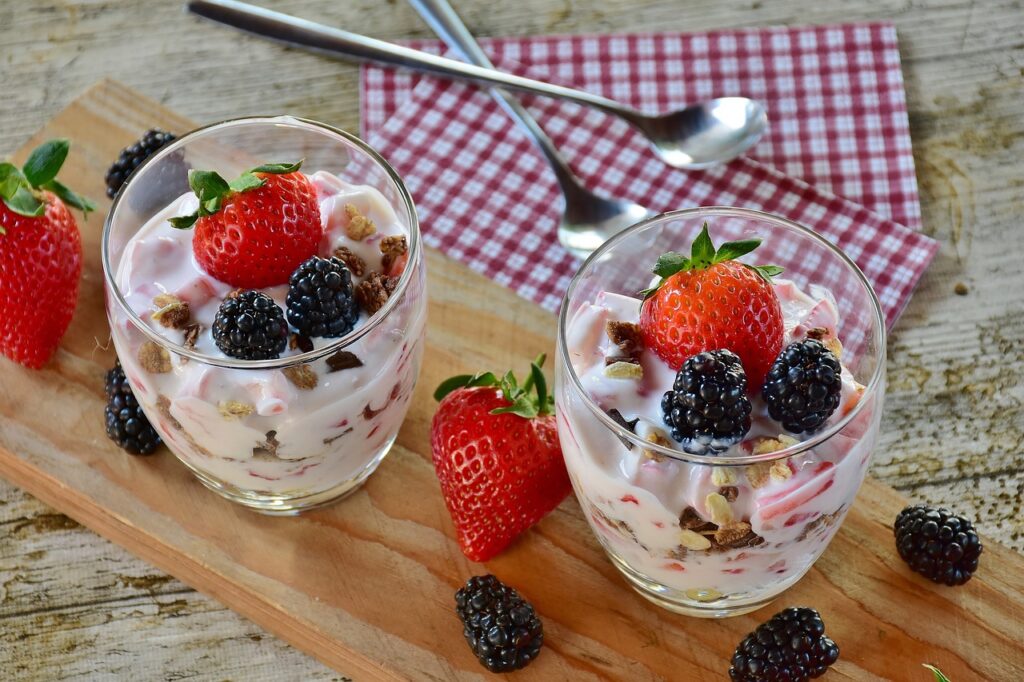
Greek yogurt is a dairy delight that stands out for its high protein content and probiotic benefits. A 6-ounce serving of plain Greek yogurt can contain between 15-20 grams of protein, making it an ideal snack or addition to meals. It’s also loaded with probiotics—beneficial bacteria that support gut health and digestion.
On top of protein and probiotics, Greek yogurt provides calcium for strong bones, as well as potassium to maintain healthy blood pressure. You can enjoy it on its own, as a smoothie base, or as a creamy topping in both sweet and savory dishes.
5. Lean Beef – Protein and Iron in One Package
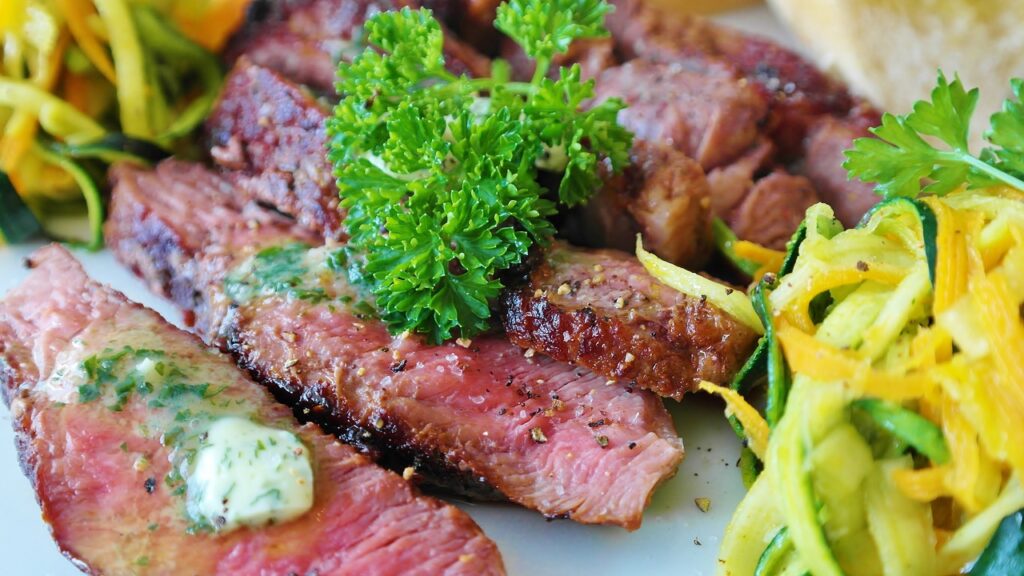
Lean beef is a nutritional powerhouse that offers around 22 grams of protein per 3-ounce serving. It’s also rich in essential nutrients like iron, zinc, and B vitamins, especially vitamin B12, which is key to red blood cell production and energy levels.The form of iron in beef is particularly important. Known as heme iron, it is more easily absorbed by the body than the non-heme iron found in plant-based foods. This makes lean beef an excellent option for boosting iron levels, especially for individuals at risk of iron deficiency. With cuts like sirloin or tenderloin, you get a protein-packed, low-fat option that’s perfect for any meal.Integrating these animal-based protein sources into your diet ensures you’re not only getting a high-quality, complete form of protein but also benefiting from the wealth of other nutrients they provide. Whether your goal is muscle growth, weight management, or simply supporting your immune system, these protein-rich foods are powerful allies in your journey toward optimal health.
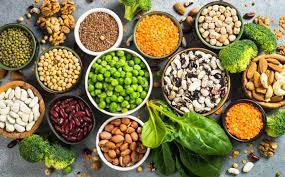
Section 3: Top Plant-Based Protein Foods
For those embracing a vegetarian or vegan lifestyle, or for anyone simply looking to incorporate more plant-based foods, there’s an abundance of plant-derived protein sources. These foods don’t just supply protein—they also offer a range of nutrients that support overall health. Below are some of the best plant-based protein options to add to your meals:
1. Lentils – Protein and Fiber for Digestive Health
Lentils, a staple in many plant-based diets, are packed with protein and fiber, making them a double threat in the nutrition world. One cup of cooked lentils provides around 18 grams of protein, as well as a generous amount of fiber to support digestion, regulate blood sugar, and promote satiety.
Lentils also boast a wealth of micronutrients, including iron, folate, and potassium. Whether green, brown, or red, lentils can be used in everything from soups and stews to salads and veggie burgers, making them a versatile, nutrient-dense choice for vegetarians and vegans alike.
2. Chickpeas – A Protein Powerhouse for Any Dish
Chickpeas, also known as garbanzo beans, are a protein-rich legume that delivers about 15 grams of protein per cooked cup. Along with protein, chickpeas are an excellent source of fiber, which helps maintain digestive health and regulates blood sugar levels.
Chickpeas are incredibly versatile and can be used in a range of dishes—hummus, curries, salads, or even roasted for a crunchy snack. Their mild flavor and adaptability make them an easy addition to almost any meal.
3. Tofu – The Plant-Based Protein That Does It All
Tofu, made from soybeans, offers around 20 grams of protein per 4-ounce serving. Not only is it a complete protein, containing all nine essential amino acids, but it’s also rich in iron, calcium, and magnesium—nutrients essential for maintaining bone and heart health.
The beauty of tofu lies in its versatility. Whether grilled, stir-fried, scrambled, blended into smoothies, or added to soups, tofu absorbs the flavors of whatever it’s paired with, making it an ideal addition to both savory and sweet dishes.
4. Quinoa – The Complete Protein That’s More Than Just a Grain
Quinoa is one of the rare plant-based foods that is considered a complete protein, meaning it contains all nine essential amino acids. A cup of cooked quinoa provides about 8 grams of protein, along with a generous serving of fiber, antioxidants, and key minerals like magnesium and phosphorus.
Additionally, quinoa is gluten-free, making it a great option for individuals with gluten sensitivities. It can be used as a base for salads, grain bowls, or side dishes, or even cooked as a warm breakfast porridge, providing a nutritious, protein-packed foundation for any meal.
5. Edamame – A Quick, Protein-Packed Snack
Edamame, young soybeans, are a protein-packed snack that also boasts a rich profile of vitamins, minerals, and healthy fats. A cup of edamame delivers around 17 grams of protein, along with iron, calcium, and folate—key nutrients that contribute to overall health.
Edamame can be steamed and enjoyed on its own, added to salads, stir-fries, or soups, offering a delicious way to boost your protein intake while benefiting from the many nutritional perks of soy-based foods.
These plant-based protein sources offer a wealth of options for anyone looking to reduce meat consumption or follow a vegetarian or vegan diet. Whether your aim is muscle-building, increased energy, or simply maintaining a healthy lifestyle, these protein-rich foods provide all the nutrition you need while supporting your well-being.
Section 4: How Much Protein Do You Need?
The question of how much protein one needs isn’t as simple as a one-size-fits-all answer. It’s a dynamic equation, influenced by a variety of factors—age, activity level, and your specific health or fitness aspirations. Protein needs shift and evolve depending on these variables, making it essential to tailor your intake to achieve your individual health goals, whether that be muscle growth, weight loss, or overall vitality.
Daily Protein Requirements: Age, Activity, and Beyond
The Recommended Dietary Allowance (RDA) for protein, a standard guideline from esteemed health institutions such as the National Institutes of Health (NIH), serves as a helpful reference. It’s based on body weight and provides a starting point for most individuals. But here’s the kicker: the “right” amount of protein changes according to a range of factors, and understanding this can drastically improve your diet and results.
Let’s break it down:
●For the average adult (19 years and older), the RDA suggests a protein intake of 0.8 grams per kilogram of body weight. So, if you weigh 150 pounds (roughly 68 kg), that translates to about 55 grams of protein a day. Straightforward, right?
●Older adults (65 and above) face an increase in protein needs. This shift is vital for preserving muscle mass and overall health. Experts typically recommend 1.0 to 1.2 grams per kilogram for seniors. Yes, your body’s demands evolve as you age—protein becomes an ally in maintaining strength.
●Children and adolescents have a higher protein demand during their growth phases. For instance:
•1-3 years: 1.1 grams per kg
4-8 years: 0.95 grams per kg
•9-13 years: 0.95 grams per kg
•14-18 years: Boys and girls alike require 0.85 grams per kg.
Activity Level and Protein Needs: More Than Just a Number
Your activity level is a game-changer in how much protein your body requires. It’s not just about existing—it’s about how much you push your muscles, engage in physical endeavors, and challenge your body. The more active you are, the more protein you’ll need to fuel and repair those muscles.
●Sedentary adults can usually rely on the baseline RDA—0.8 grams per kilogram. This is sufficient for those who live relatively inactive lifestyles.
●Moderately active adults (exercise 3-5 times a week) may need to bump up their intake to around 1.0 to 1.2 grams per kilogram. It’s not just about feeling good; this helps repair muscles and maintain energy levels, especially after moderate exertion
●Athletes and bodybuilders—those who engage in intense exercise—will be looking at the higher end of the spectrum. Protein needs here can range anywhere from 1.2 to 2.0 grams per kilogram, depending on the intensity and goals. Muscle repair and growth become crucial after heavy lifting or endurance training.
●For weight loss, things get interesting. Protein can act as a safeguard against muscle loss during a calorie-restricted diet. Additionally, protein helps with satiety, reducing overall calorie consumption. If weight loss is your goal, try 1.2 to 1.6 grams per kilogram to keep your metabolism humming and muscles intact.
Special Protein Considerations: Muscle Building vs. Weight Loss
When you dive deeper into specific goals—like building muscle or losing weight—the protein equation shifts dramatically.
●Muscle building: Aiming to increase muscle mass? Protein is your best friend. For hypertrophy (muscle growth), you’ll need 1.6 to 2.2 grams per kilogram of body weight. This higher intake provides the essential amino acids necessary to repair muscle fibers broken down during strenuous exercise. Without enough protein, your muscle-building efforts will hit a plateau.
●Weight loss: Protein also plays a pivotal role in weight management. When cutting calories, a higher protein intake can help preserve lean muscle mass while pushing the body to burn fat. 1.2 to 1.6 grams per kilogram strikes the balance, ensuring you don’t lose muscle while maximizing fat burning and controlling hunger.
Special Populations and Their Protein Need
sCertain groups face unique challenges that alter their protein needs, and being aware of this is crucial for tailored nutrition.
●Pregnancy and lactation: For those nurturing new life, protein needs are heightened. Pregnant women may need about 1.1 grams per kilogram of body weight, while breastfeeding women might need up to 1.3 grams per kilogram. The body requires more protein to support both the mother’s and the baby’s needs.
●Chronic health conditions: Individuals dealing with chronic conditions such as kidney disease, liver disease, or metabolic disorders need to be cautious with protein intake. These conditions can affect how protein is processed by the body. Consulting with a healthcare professional is essential to determine the right balance.
How to Incorporate Protein into Your Daily Diet
Meeting your protein needs doesn’t have to be complicated. It’s all about variety, balance, and spreading your intake throughout the day. Here are some ways to optimize your meals:
Breakfast: Think eggs, Greek yogurt, or protein smoothies.
Lunch: Opt for grilled chicken, tofu, or plant-based legumes like lentils or chickpeas.
Dinner: Go for fish, quinoa, or lean beef, paired with veggies for a well-rounded meal.
Snacks: Pack protein-rich snacks like nuts, seeds, or even edamame.
conclusion
Your protein needs are not static—they are fluid, shaped by your age, activity level, health conditions, and fitness goals. While the RDA offers a basic foundation, understanding how to adjust your intake based on your personal goals can profoundly enhance your health outcomes. Whether you’re aiming for muscle gain, weight loss, or simply striving for overall wellness, protein is the cornerstone of a balanced diet. So, listen to your body, tailor your intake, and fuel yourself right.

